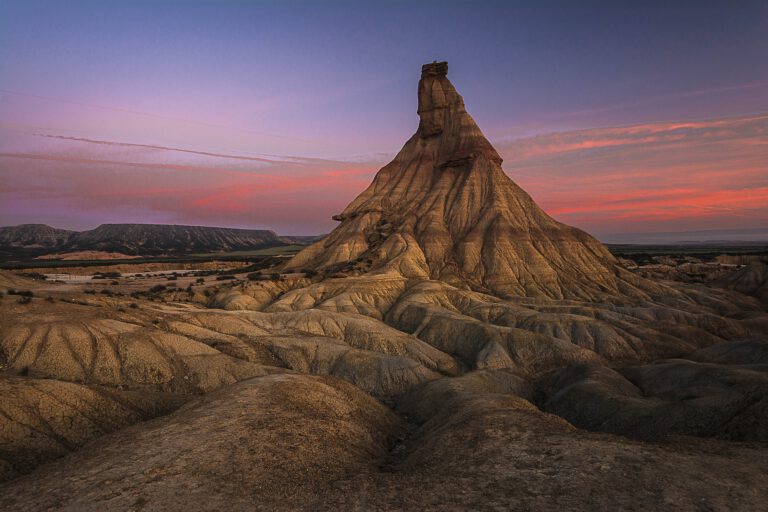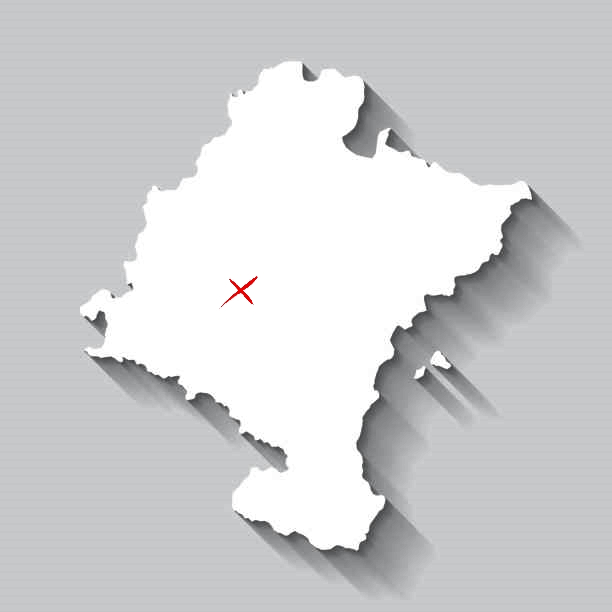Puente la Reina was founded in the 12th century to populate the regions around the pilgrims' route Way of St James. A walk through this village takes the walker back to the Middle Ages.
Roman bridge
If there is one thing that characterizes Puente la Reina, it is the famous Romanesque bridge over the Arga River, on the outskirts of the village. According to tradition, Puente la Reina owes its name to this 110-meter long bridge. In Spanish, Puente la Reina means Bridge of the Queen . Legend has it that this bridge was built in the 11th century by an anonymous queen, with the aim of facilitating the departure of pilgrims from the village.

Calle Mayor
Due to the important location of this town during the Middle Ages and its significance along the Way of St James, the city was surrounded by high walls. Two towers are still visible and mark the entrance to the Calle Mayor, the main street. In addition, there are several architectural gems that can still be visited in this street today. For example, three churches can be found here: the Crucifijochurch and the Santiagochurch, both from the 12th century, and the San Pedrochurch from the 14th century.
In addition to these churches, there is also the Convento de Trinitarios, a 13th-century monastery. Additionally, there is the beautiful Julián Mena square, where the town hall is located in the Casa de los Cubiertos building from the 17th century. This latter building features a beautiful columned gallery with 13 semi-circular arches, which once served as the location for the market.
Santa Maria de Eunate
In the past, there were also important military orders responsible for protecting the pilgrims walking the Camino de Santiago. One of these orders was one of the most famous, the Templars. They had their main temple a few kilometers from Puente la Reina. This was the temple of Santa María de Eunate.

The name Eunate (in Basque for “a hundred doors”) refers to the many arches of this octagonal Romanesque monastery. This monastery was built between the mid-12th and early 13th centuries. Its origins are still not entirely clear today. However, this temple shows few similarities with the usual Romanesque style.
The theory that has received the most attention about the origins of this temple is that it was built as a pilgrim hospital. This was built on behalf of Sancho VI, called “the Wise”, at the request of his wife. Her remains were found in the monastery.
Eunate's ritual
In Eunate there is still a ritual where every pilgrim who arrives must walk around the church three times before going to the center. They do this to absorb the energy of this place. Eunate is known as a special place with special power and meaning.
According to legend, the church radiates a special spiritual energy. This is due to its octagonal shape and its location at the crossroads of various pilgrim routes. Pilgrims walking the Camino de Santiago often perform this ritual. They believe it gives them spiritual strength and helps them during their pilgrimage.
The octagonal design of the church has symbolic meanings dating back to the time of the Knights Templar. Some believe it is a place of reconciliation and spiritual healing. Pilgrims come to this place to feel this energy and use the power of the place for their further journey.
For information on opening times, click here.








